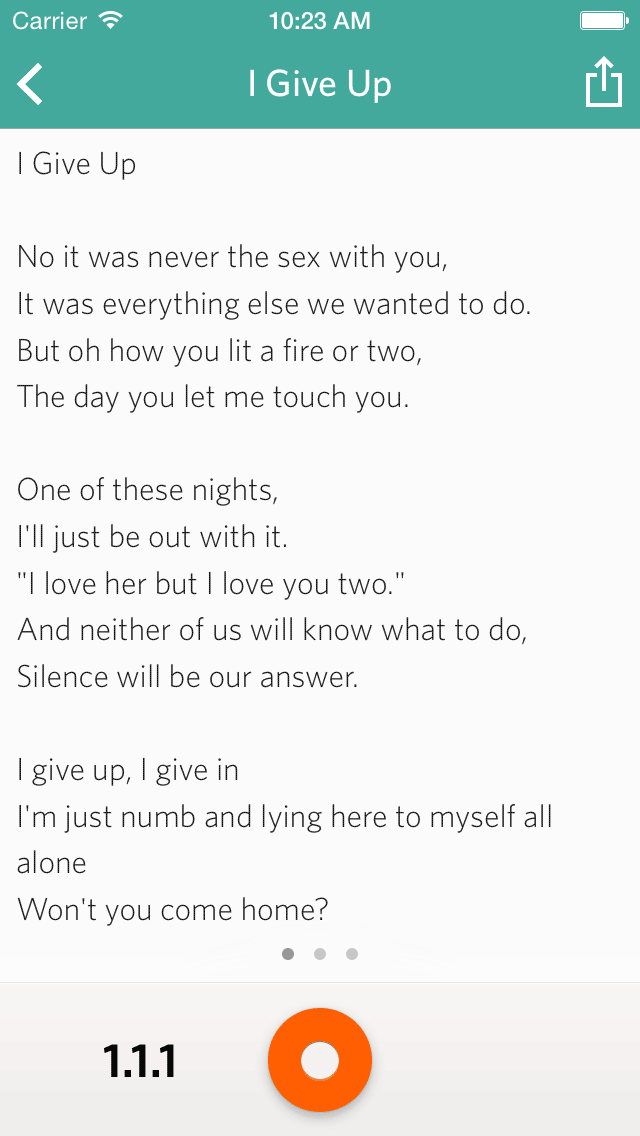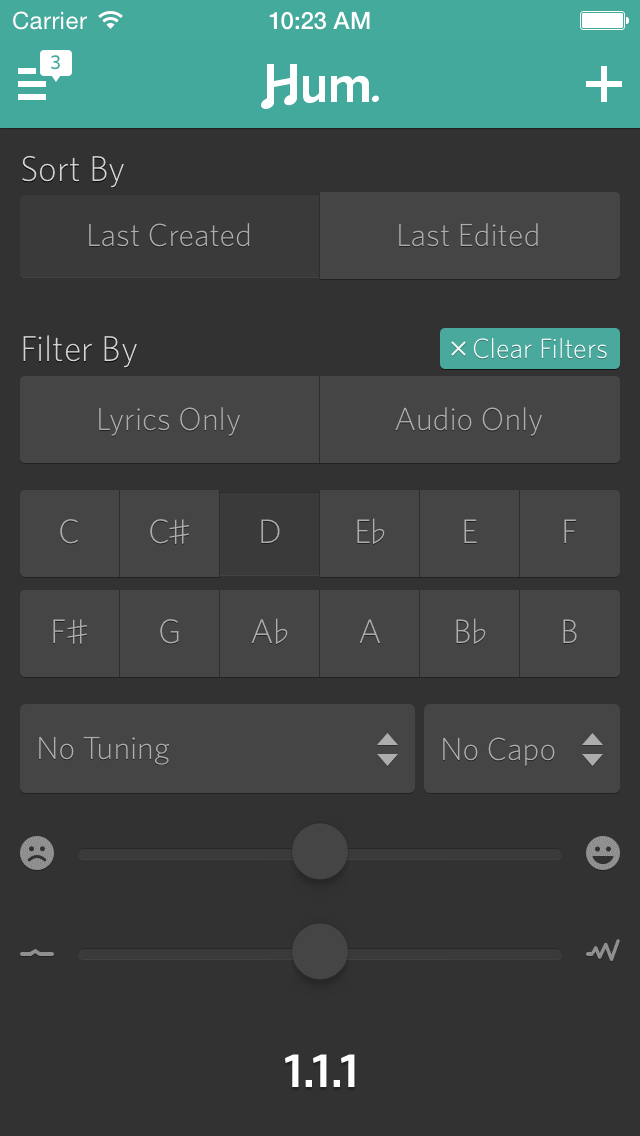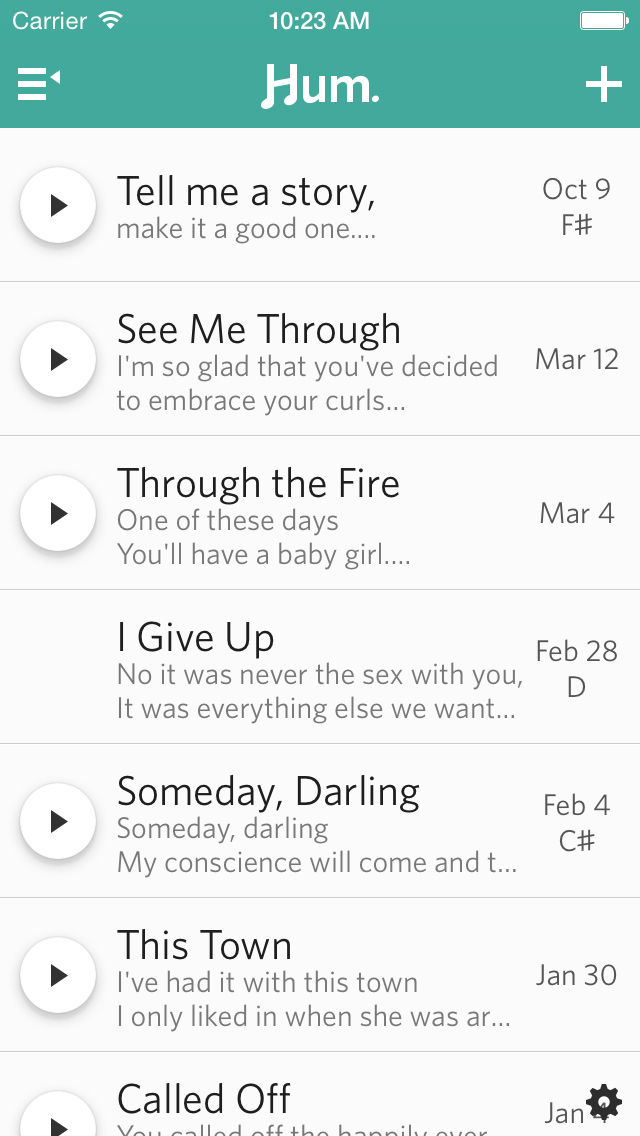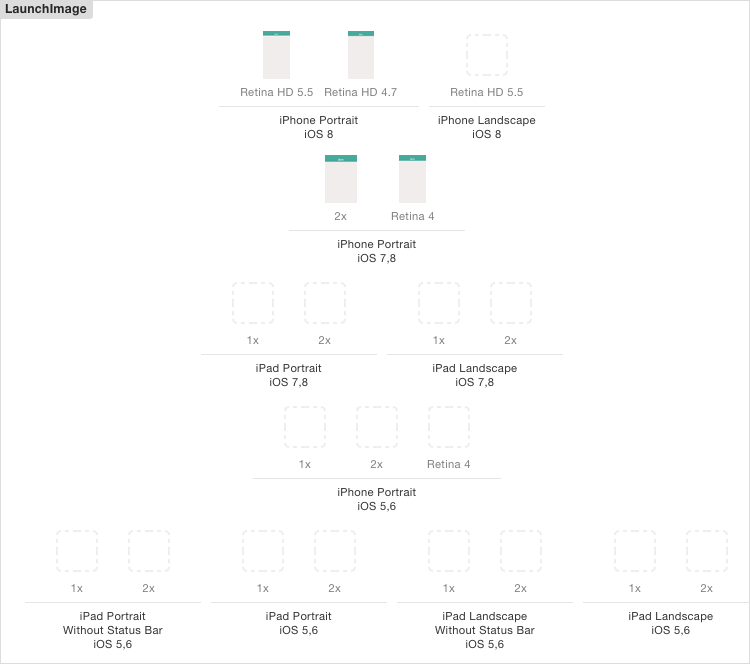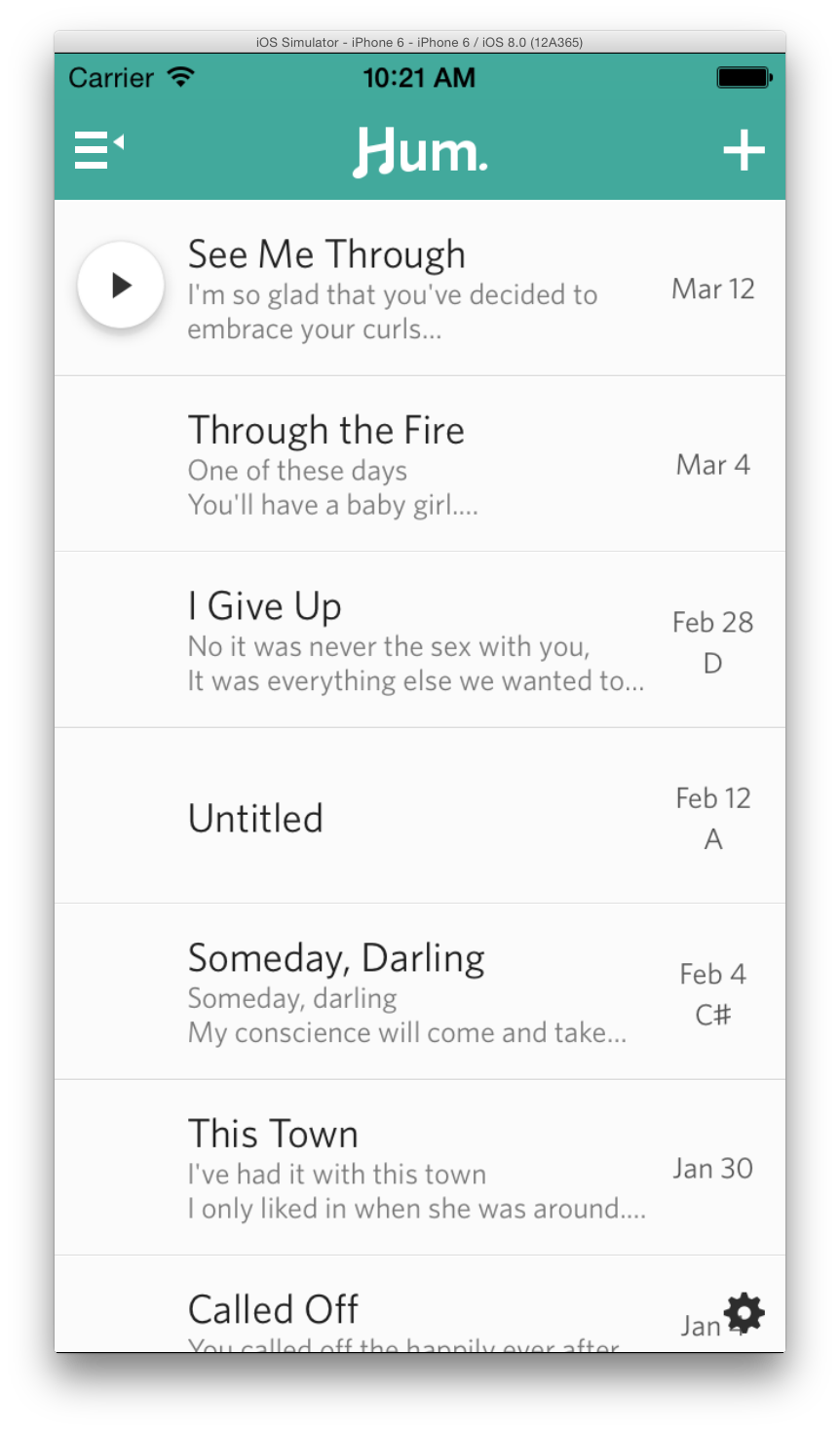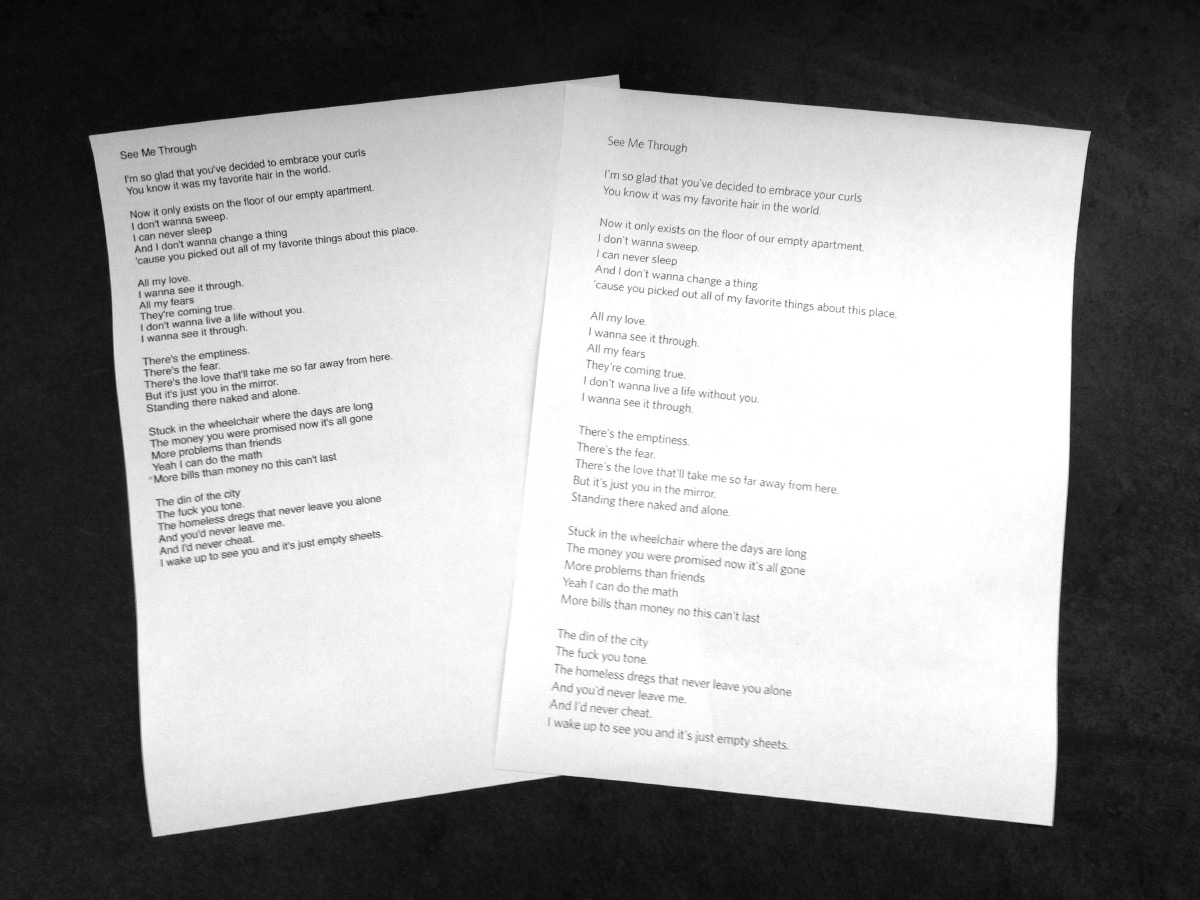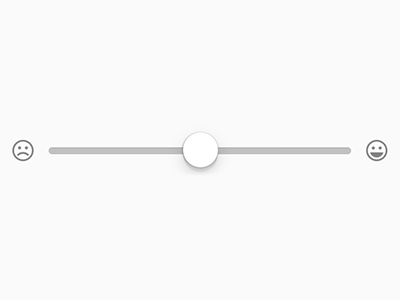We’re incredibly excited to announce that with version 1.3 we’ve included a chromatic tuner. Before Hum, songwriters would have to bounce between apps to capture their ideas. Lyrics were in note-taking apps. Recordings were stored as voice memos. In order to ship and prove that Hum would change the way people write, we had to cut some features. One of those features was our built-in tuner.
Tuner
With 1.3, you don’t have to jump out of Hum to make sure your instrument’s in tune. The tuner shows up next to the record button, right when you’d need it.

Bouncy!
Our tuner is available as an In App Purchase for $0.99.
Dropbox Syncing
We’re still hard at work on Dropbox syncing. iOS8 was quite a diversion for us (for most developers). We had to make sure Hum’s interface was ready for larger phones.
We’re making good progress. We’re just about ready to get syncing in the hands of our beta testers. The last thing we ever want to happen is for someone to lose their Hums. Syncing is difficult, and we’ve got to nail it. It will be worth the wait.
It will most certainly be a free update.
Bahamas
Version 1.3 is called “Bahamas is Afie”. It’s an incredible record.

